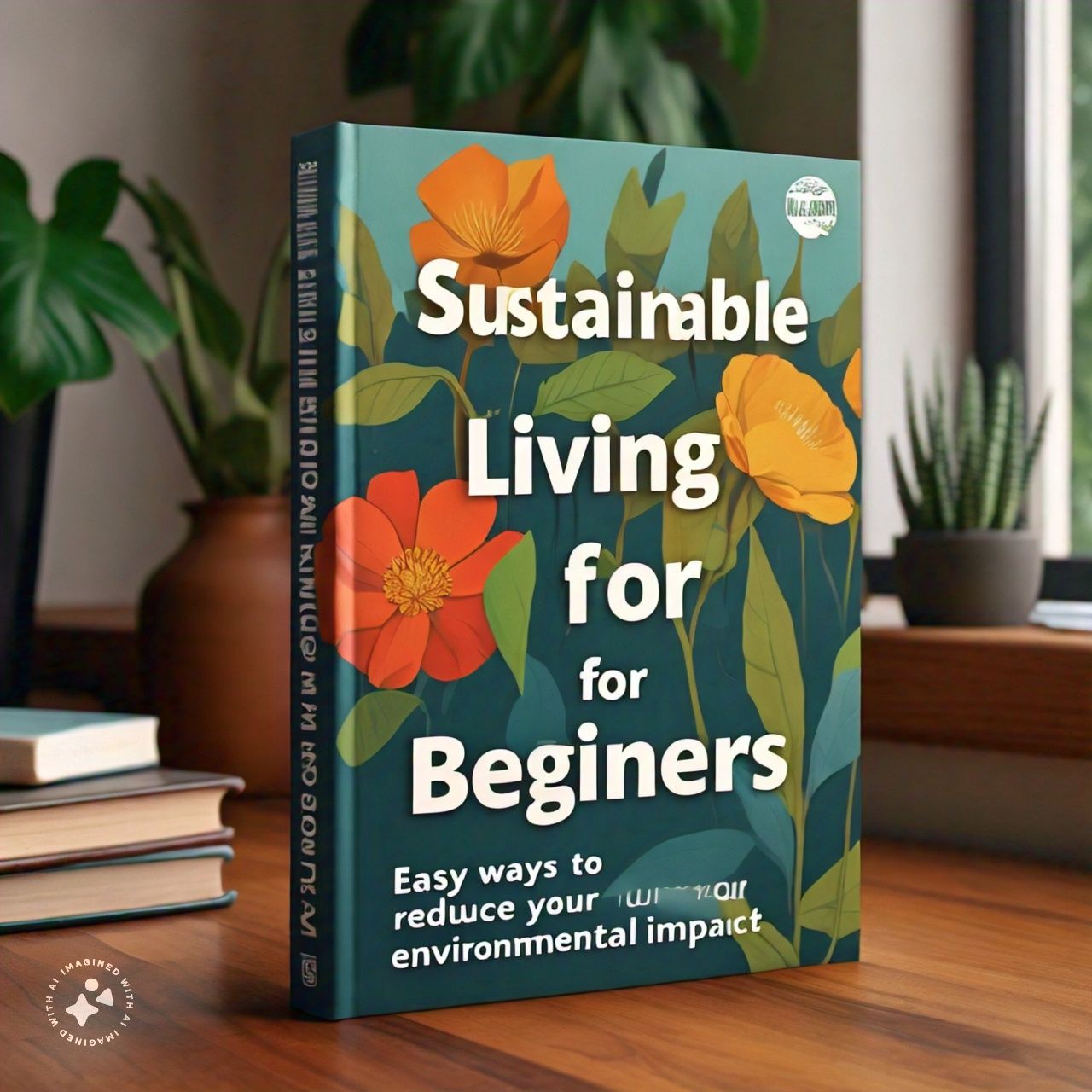
As the world grapples with climate change, environmental degradation, and waste management, it’s clear that sustainable living is no longer a choice, but a necessity. However, making the transition to a sustainable lifestyle can seem daunting, especially for those who are new to the concept. The good news is that every small change counts, and making a few simple tweaks to your daily habits can have a significant impact on the environment.
Start with the Basics
1. Reduce your energy consumption: Switch to energy-efficient light bulbs, turn off lights and electronics when not in use, and adjust your thermostat to use less energy for heating and cooling.
2. Use eco-friendly products: Choose products with minimal packaging, made from sustainable materials, and designed for recyclability.
3. Conserve water: Take shorter showers, fix leaks, and install low-flow fixtures to reduce your water usage.
4. Reduce, Reuse, Recycle: Implement the 3Rs in your daily life by reducing your consumption, reusing items when possible, and recycling as much as you can.
Make a Difference with Food
1. Eat plant-based: Animal agriculture is a significant contributor to greenhouse gas emissions, so incorporating more plant-based meals into your diet can help reduce your carbon footprint.
2. Buy local and seasonal: Supporting local farmers and choosing seasonal produce can reduce transportation emissions and promote sustainable agriculture.
3. Reduce food waste: Plan your meals, shop from local farmers, and compost food scraps to reduce the amount of waste that ends up in landfills.
Get Creative with Waste Reduction
1. Upcycle and repurpose: Get creative with items you might otherwise throw away, like turning old jars into planters or creating a headboard from an old door.
2. Use reusable bags and containers: Bring reusable bags when shopping and use containers for takeout or leftovers to reduce single-use plastics.
3. Compost: Turn food scraps and yard waste into nutrient-rich soil for your garden.
Make Sustainable Living a Lifestyle
1. Educate yourself: Continuously learn about sustainable living, climate change, and environmental issues to stay informed and inspired.
2. Get involved in your community: Participate in local environmental initiatives, join a community garden, or volunteer for a beach cleanup.
3. Support sustainable brands: Choose companies that prioritize sustainability, use eco-friendly materials, and reduce waste in their operations.
Conclusion
Sustainable living is a journey, not a destination. Every small change you make can have a significant impact when combined with the efforts of others. By starting with the basics, making a difference with food, getting creative with waste reduction, and making sustainable living a lifestyle, you can contribute to a more environmentally friendly future.
If you enjoyed this content, you can drop your comment below on this post or feel free to send us an email at Semillacapital@zingtie.com, and we will do our best to respond to your email within 48hours and even provide you with more resources on this topic or similar. Also, please leave a comment on money topics you would like us to cover for you next.
Please don’t forget to “Allow the notification” so you will be the first to get our gist when we publish it.
Drop your comment in the section below, and don’t forget to share the post.







